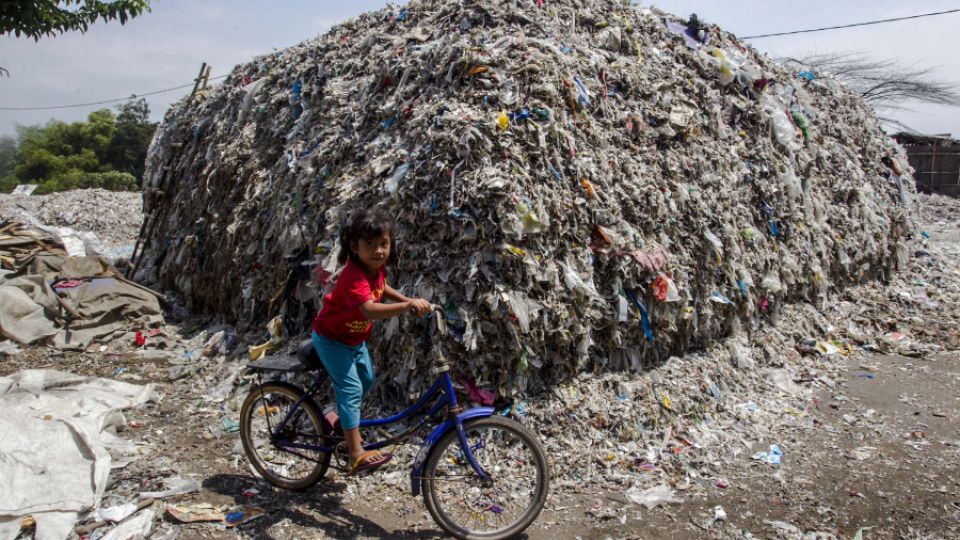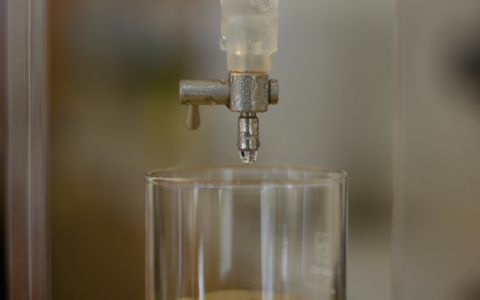The Nexus3 Foundation (Indonesia), together with the Arnika Association (Czech Republic), and the International Pollutants Elimination Network (IPEN) keep calling on the international community to enforce stricter limits on hazardous substances in waste. Unfortunately, the stricter limit values for POPs (dioxins and brominated flame retardants) have not been adopted at this year’s Conference of the Parties to the Basel and Stockholm Conventions because of the Chinese obstructions and the EU’s passivity on the topic. A recent study confirmed a need for this measure as hazardous chemicals have been found in consumer products purchased in Indonesia, China, and Russia that are made of recycled plastic waste.
The presence of toxic chemicals from the group of brominated flame retardants (BFRs) in everyday consumer products, such as children’s toys, hair accessories, office supplies, or kitchen utensils purchased in Indonesia and other countries, has been confirmed by an extensive study. In all the samples that were tested, the study found various BFRs that are listed in the Stockholm Convention for global elimination. The BFRs, originally added to electronic plastic products to reduce the risk of fire, are considered to be persistent organic pollutants (POPs) and they endanger children and women of reproductive age particularly. On top of that, the samples contained brominated dioxins and other BFRs which may be toxic but are not yet studied or regulated.
The measured levels of brominated dioxins in toys and other consumer products from Indonesia were comparable to those observed in waste incineration ash or other hazardous waste. These findings indicate that the consumer products that were tested were made from unregulated recycled e-waste plastic or end-of-life vehicle plastics. The fact that brominated dioxins and BFRs were found in consumer products raised awareness among NGOs because many of these substances are highly toxic to people and the environment. “It is important to realize that hazardous chemicals are present in products used by children and women of reproductive age, who are especially sensitive to exposure to toxic chemicals, including some BFRs or brominated dioxins. This should be thought about when deciding about limits on toxic chemicals in products, and about their limits in waste suitable for recycling,” adds Jindrich Petrlik, head of Arnika - Toxics and Waste Programme.
The crucial initial step towards non-toxic recycling is to set a strict low content limit of POPs for waste. The limit should be set at a concentration that prevents the recycling of persistent BFRs into new products and stops the export of contaminated waste to developing countries. Despite relevant amendments being ratified and monitoring projects realized in Indonesia, no ban or restriction related to persistent BFRs has yet been implemented.
"Only several concentration standards for POPs are available in Indonesia's regulatory framework, especially in the definition of hazardous waste. However, considering the high risk of health impacts in the short and long term for men and women of any age, the Indonesian authorities should establish that there is no safe level of any POPs," said Yuyun Ismawati, Senior Advisor of the Nexus3 Foundation." Additionally, the transparency aspect of the definition, transport, treatment, and disposal of hazardous waste is greatly needed to support measures in managing and protecting the health of Indonesian populations and preserving the environment,” she concluded.








